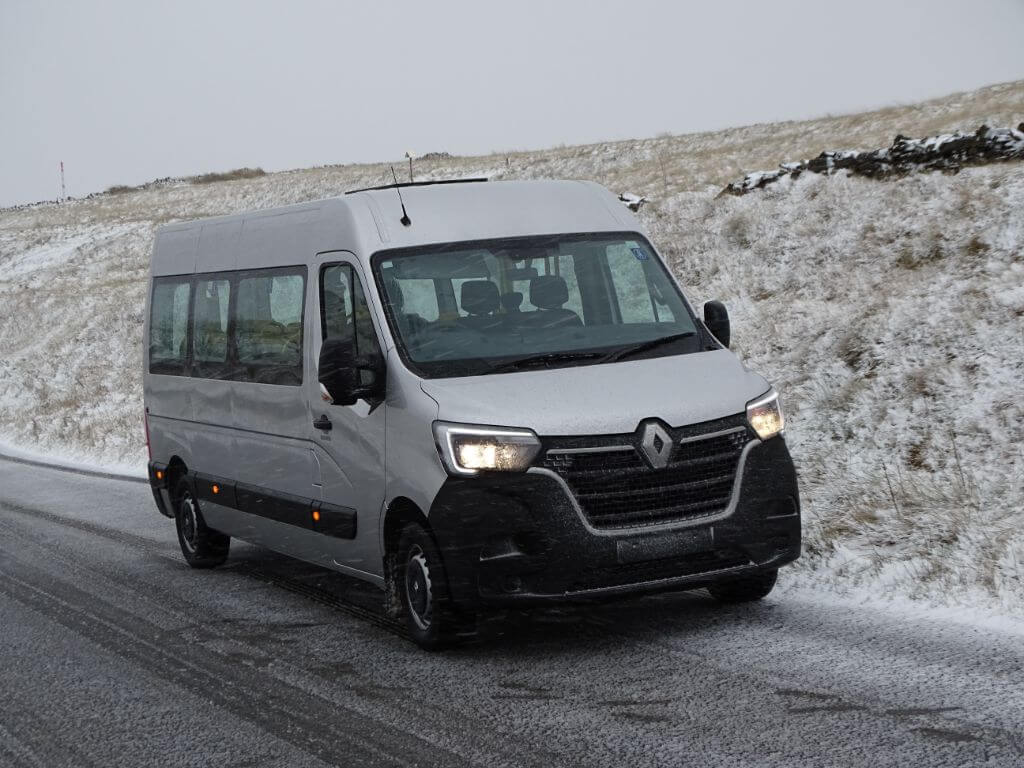
Richard Sharman visited Peak District-based Minibus Options to see how the facelifted Renault Master fares when converted to a minibus
The race to be the number one van in the UK is on, with all the major brands now having futureproofed their offering in terms of both styling and environmental credentials.
The Renault Master is no exception, having had a facelift in 2019 focusing on the front end, engines and cabin, rather than a total rework. The Master’s main competition in a similar price range is the Fiat Ducato, Peugeot Boxer and Citroen Relay. Of course, you are still able to buy the Vauxhall Movano and Nissan NV400 as alternatives to the Master, although they have not received such a thorough facelift as the Renault.
[…]
By subscribing you will benefit from:
- Operator & Supplier Profiles
- Face-to-Face Interviews
- Latest News
- Test Drives and Reviews
- Legal Updates
- Route Focus
- Industry Insider Opinions
- Passenger Perspective
- Vehicle Launches
- and much more!


